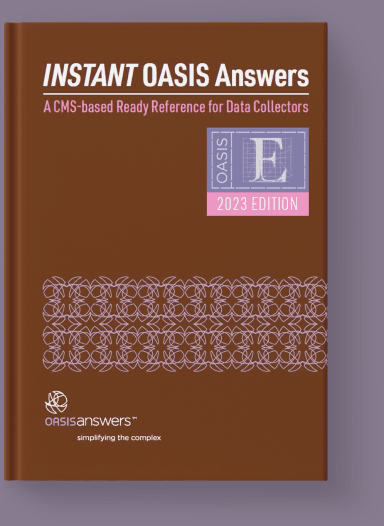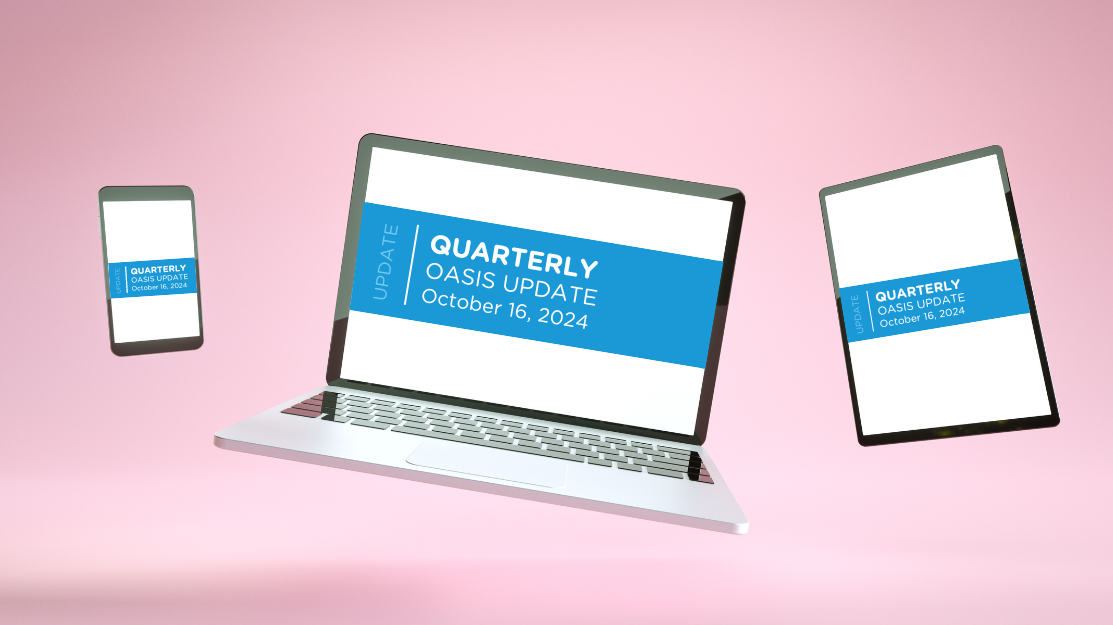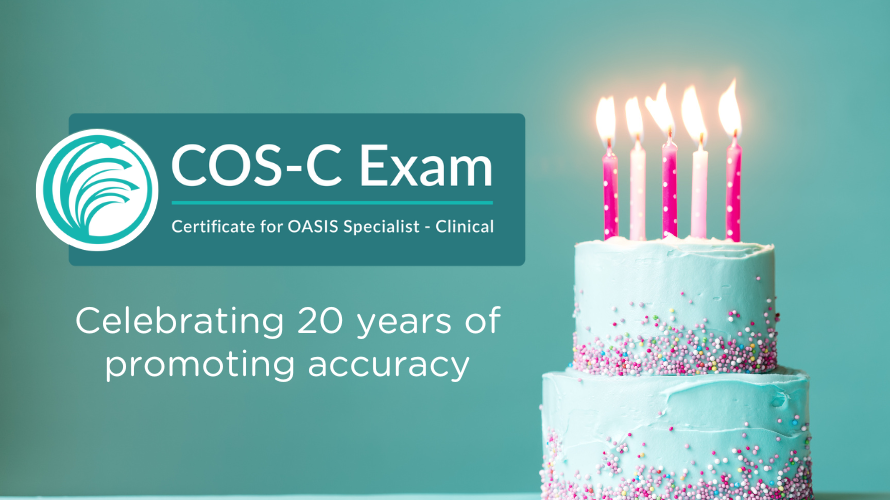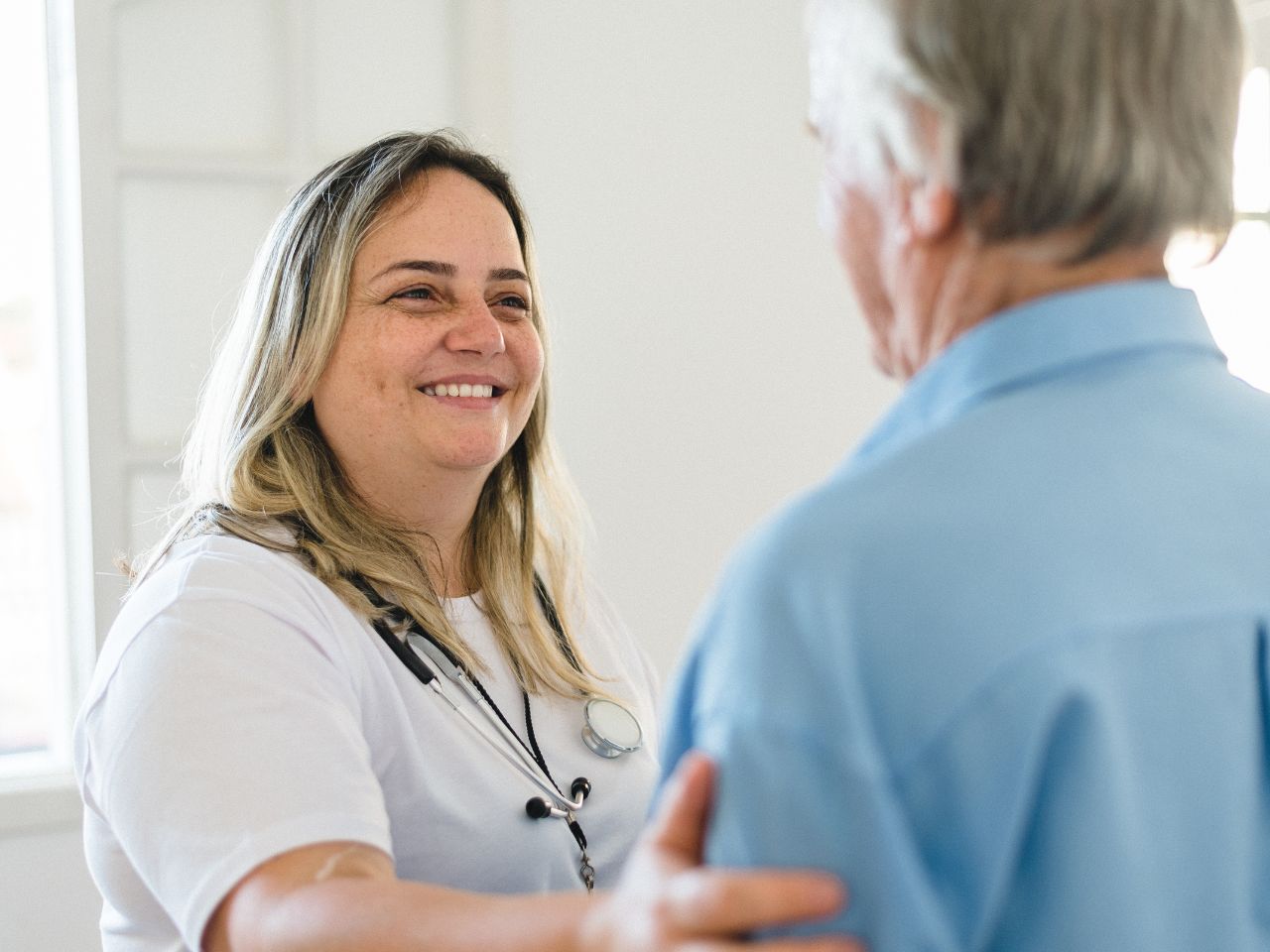As of January 1st, home health agencies began collecting data for a number of new standardized OASIS-E items. CMS has not identified any direct payment or quality use for the majority of these new items, despite industry assumptions that they will be used to report quality performance. Some of the new items may have hidden value for clinical care and patient outcomes. One such item is the CAM, known to OASIS-E users as C1310: Signs and Symptoms of Delirium. To understand the value of this item, let’s first explore some background information:
Understanding Delirium
“Delirium is a serious change in mental abilities. It results in confused thinking and a lack of awareness of someone’s surroundings. The disorder usually comes on fast — within hours or a few days.
Delirium can often be traced to one or more factors. Factors may include a severe or long illness or an imbalance in the body, such as low sodium. The disorder also may be caused by certain medicines, infection, surgery, or alcohol or drug use or withdrawal.
Symptoms of delirium are sometimes confused with symptoms of dementia.” Mayo Clinic
Complications of Delirium
According to the National Library of Medicine, the complications of delirium include:
- Aspiration pneumonia
- Pressure ulcers
- Weakness, decreased mobility, and decreased function
- Falls and combative behavior leading to injuries and fractures
- Malnutrition, fluid and electrolyte abnormalities
- Long-term cognitive impairment:
- Increased mortality
According to a recent study by Hshieh, Inouye, and Oh, “Delirium is often unrecognized unless actively screened: the Confusion Assessment Method (CAM) provides a simple diagnostic algorithm and is widely used for identification of delirium.”
Delirium- CAM©-HHVBP Connection
The CAM© is considered the gold standard assessment used to identify delirium. Although the CAM© is not used to calculate the quality measures used in Home Health Value-Based Purchasing (HHVBP), the identification and treatment of delirium can lead to improved outcomes for the measures that ARE included in HHVBP. In the Expanded HHVBP Model, hospitalizations and emergency department use contribute 35% to an agency’s overall payment adjustment for their Medicare Fee-For-Service patients, while the two functional measures contribute 17.5% to the agency’s payment adjustment. Identification and treatment of delirium early and accurately could lead to substantial financial rewards under the Expanded HHVBP Model.
Planning and educating for accurate data collection using the CAM© could include more broad clinical education on the causes, interventions, and consequences of delirium for vulnerable home health patients, leading to better patient outcomes and financial benefits in HHVBP.
To learn more about the Certificate for OASIS Specialist – Clinical (COS-C) Exam and to register, visit the OASIS Answers, Inc. website. Follow OASIS Answers, Inc. on Facebook, Instagram, or signup for our email list to keep on top of new CMS information related to OASIS accuracy.








